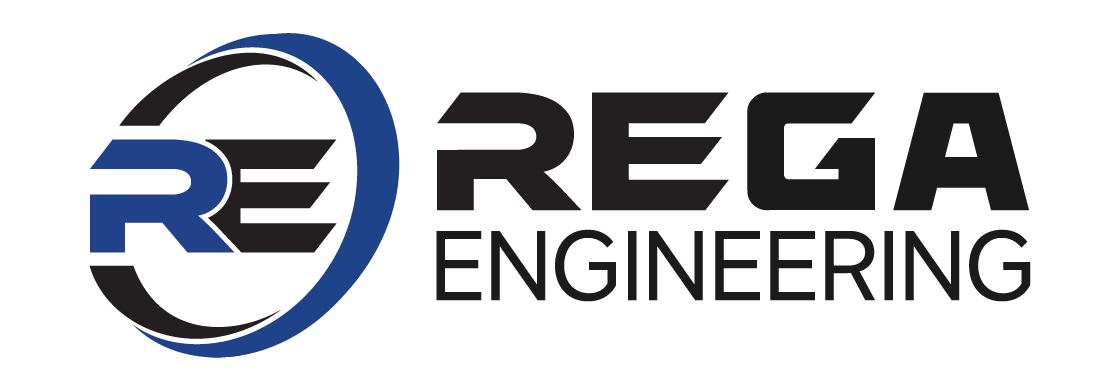What Is an ALTA Survey?
Share:
When purchasing or refinancing a piece of commercial real estate, there are numerous considerations that can impact any transaction. One crucial aspect that often goes unnoticed but plays a significant role in safeguarding your investment is an ALTA Survey. That's why we'll explore ALTA Surveys by diving into their importance, components, and vital role in commercial real estate.
What Is an ALTA Survey?
An ALTA Survey, short for “American Land Title Association Survey,” is a comprehensive land survey that's conducted on commercial properties. This type of survey goes above and beyond by providing a thorough analysis of the property's physical and legal characteristics. This is why the industry widely recognizes ALTA Surveys as the gold standard for evaluating a commercial site's condition and boundaries.
Why Are ALTA Surveys Necessary?
ALTA Surveys serve several critical purposes in the real estate industry. Firstly, they help identify any potential encroachments, easements, or rights of way that may affect the property. This information is invaluable to help buyers and lenders evaluate each property's suitability for their intended use. Moreover, it can also uncover any legal issues that may need to be addressed before closing the deal, saving all parties from future disputes and litigation. Needless to say, these surveys have a lot of ground to cover before assembling any necessary data.
What Does an ALTA Survey Include?
An ALTA Survey is an incredibly detailed document that includes a wealth of information. This typically comprises property boundary lines, easements, rights of way, improvements on the property (such as buildings, utilities, and roads), and other critical details. Additionally, the surveyor will often consider local zoning ordinances, flood zone designations, and other relevant data to create a comprehensive picture of the property's current state.
Who Benefits from an ALTA Survey?
Various parties involved in a commercial real estate transaction benefit from an ALTA Survey. These include the property buyer, who gains a clear understanding of the property's condition and potential limitations; the lender, who can assess the risk associated with the property and make informed financing decisions; and the title insurance company, which can use the survey to underwrite the title insurance policy more accurately.
The Role of Professional Surveyors in ALTA Surveys
Behind every meticulously conducted ALTA Survey stands a team of skilled and licensed surveyors. These professionals play a pivotal role in ensuring a survey’s accuracy and completion. However, they’re responsible for interpreting legal descriptions, researching historical records, and keeping up with local regulations. Their expertise is invaluable in producing a reliable ALTA Survey that serves as a foundation for sound real estate decisions. That’s why choosing the right team is just as crucial as the survey itself.
Cost Considerations and Timelines for ALTA Surveys
While the benefits of an ALTA Survey are undeniable, it's essential to consider the associated costs and timelines. ALTA Surveys are typically more comprehensive and, consequently, more lengthy than standard property surveys. The property's complexity, size, and geographic location can all influence the final cost. Moreover, the entire process may take several weeks to complete, so planning ahead is crucial when incorporating an ALTA Survey.
Ensuring ALTA Survey Compliance
ALTA Surveys adhere to strict industry standards established by the American Land Title Association (ALTA) and the National Society of Professional Surveyors (NSPS). These standards aim to ensure consistency and reliability across all ALTA Surveys, regardless of location or property type. Clearly, a professionally conducted ALTA Survey hallmark includes staying aligned with these industry guidelines.
When commissioning an ALTA Survey, it is imperative to work with a surveying firm experienced in conforming to these standards. Compliance ensures that lenders, title insurance companies, and other parties involved in the real estate transaction will accept the survey, preventing potential delays or disputes during the closing process.
Work With an All-Service Team
In the intricate world of commercial real estate, an ALTA Survey's comprehensive nature, attention to detail, and ability to reveal potential issues make it a cornerstone of the due diligence process. Whether you are a property buyer, lender, or real estate professional, understanding the significance of an ALTA Survey is key to successfully navigating the complex landscape of commercial real estate transactions.
With our expertise in a wide variety of surveys, we're proud to help our midwestern communities
grow and prosper. If you're looking for an
all-service engineering team to walk alongside you,
fill out our form with information about your next project. We'll get back to you as soon as we can, and look forward to getting to know you.

